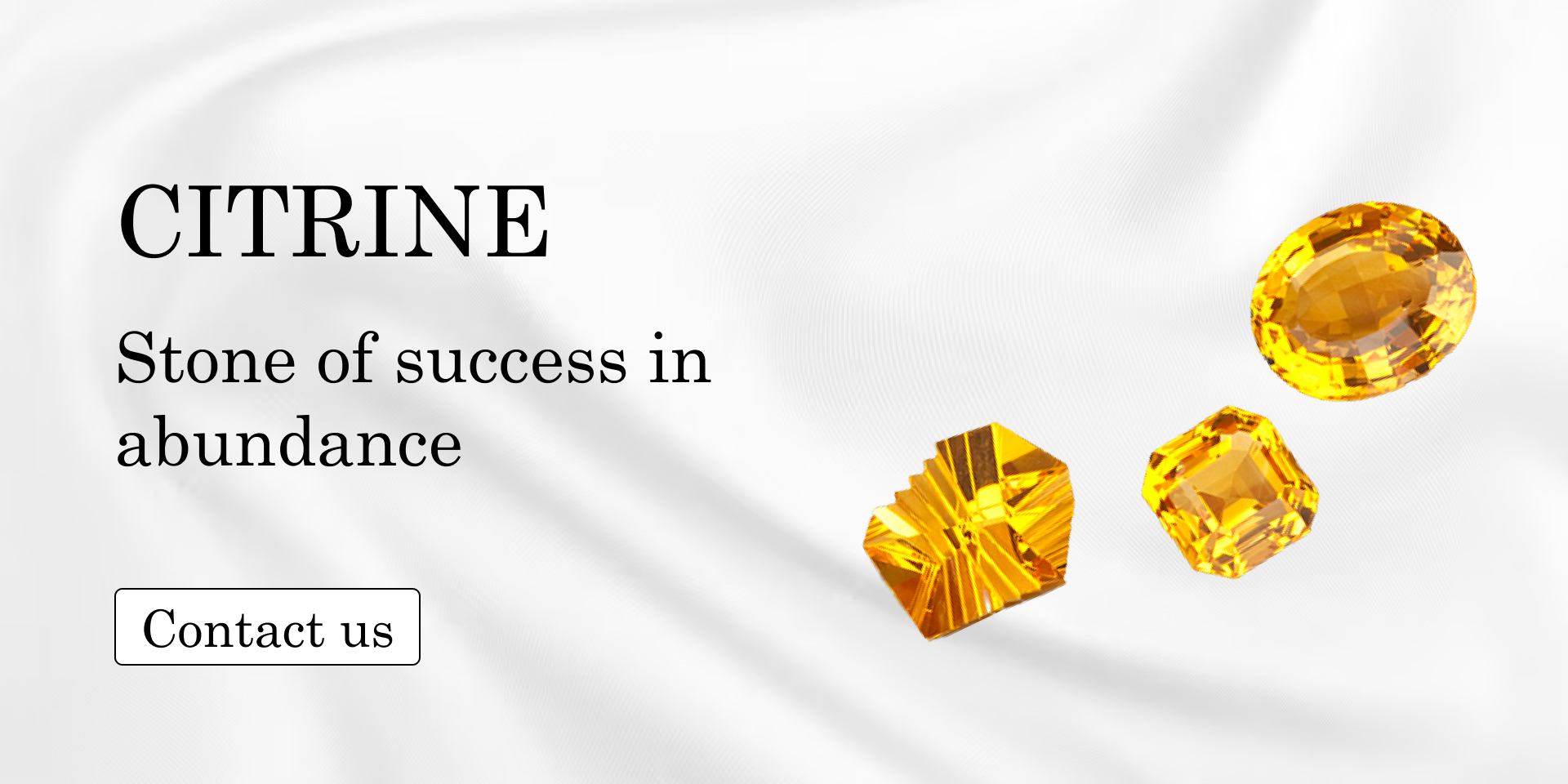Citrine
Citrine is one of the most affordable gemstones thanks to the durability and availability of this golden quartz. The stone is named after the French word for lemon, citron. Citrine contains yellow to gold to orange-brown shades of transparent quartz. Sunny and affordable, Citrine Gemstone can brighten up almost any style of jewelry and pairs particularly well with the yellow hues of polished gold.

Who should wear Citrine?
- Vedic Astrology prescribes Sunera Ratan for Danu (Sagittarius) and Mina (Pisces) Rasi.
- Western astrology recommends citrine as the birthstone for Sagittarius.
- Citrine gemstones can also be worn by Aries, Cancer, Leo and Scorpio.
Types of Citrine
There are many different types of citrine. Here’s a quick breakdown of the most popular citrine types:
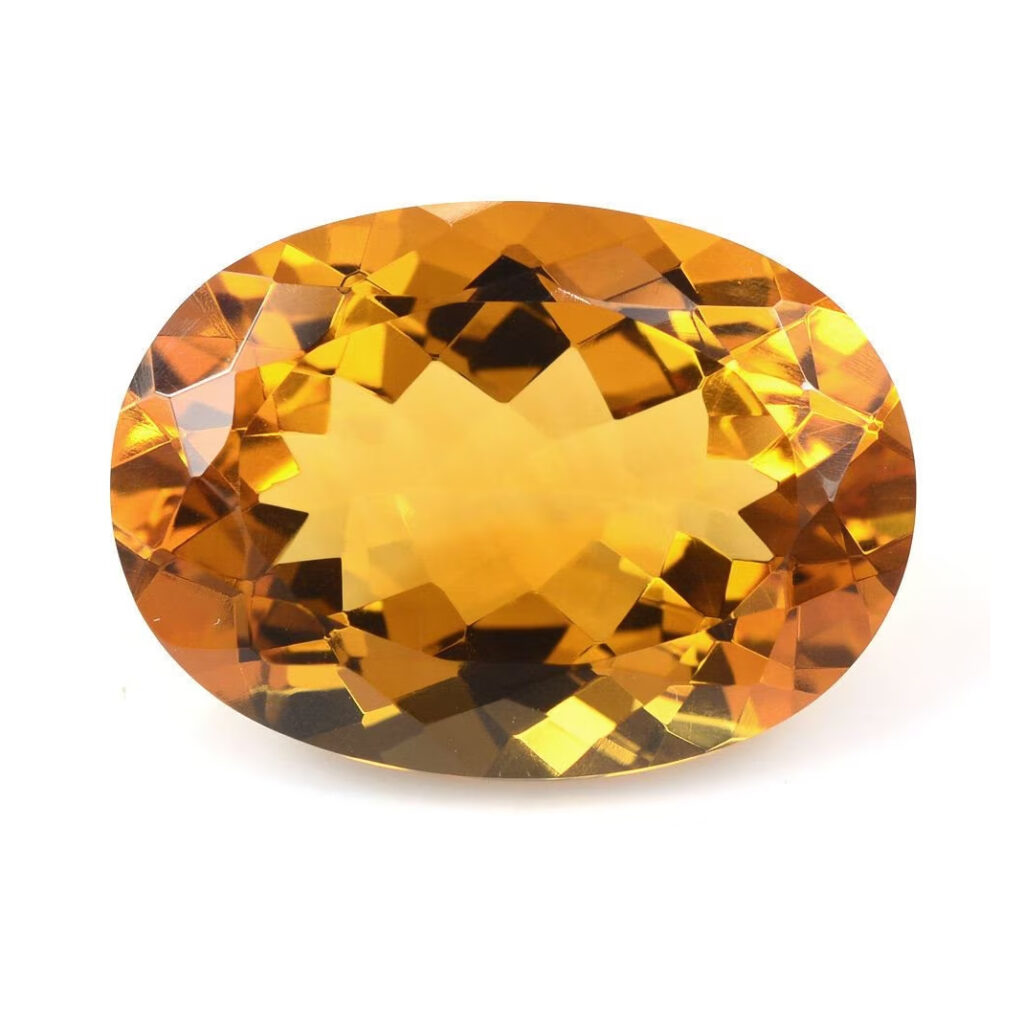
Yellow Citrine
Yellow Citrine: Citrine-colored lemon yellow, also known as lemon citrine.
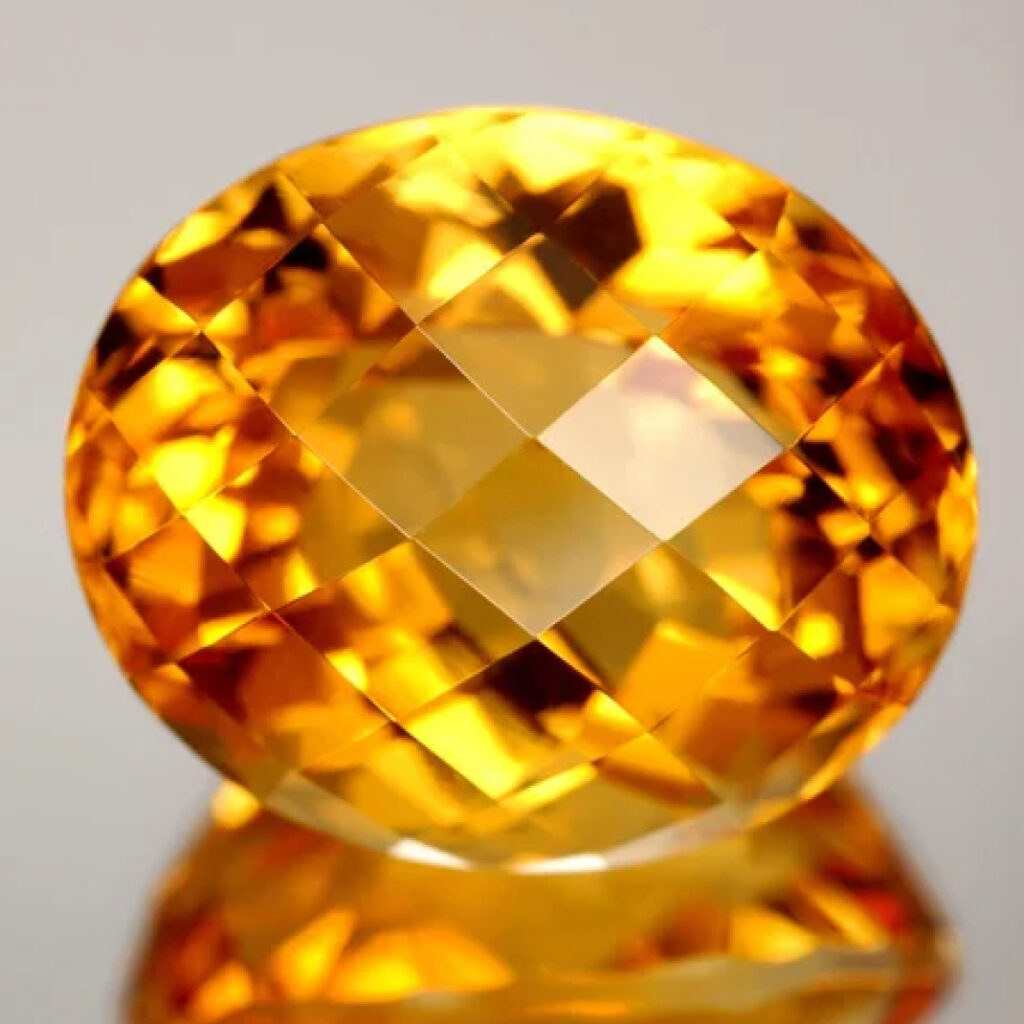
Golden Citrine
Golden Citrine: Citrine with a golden yellow hue.
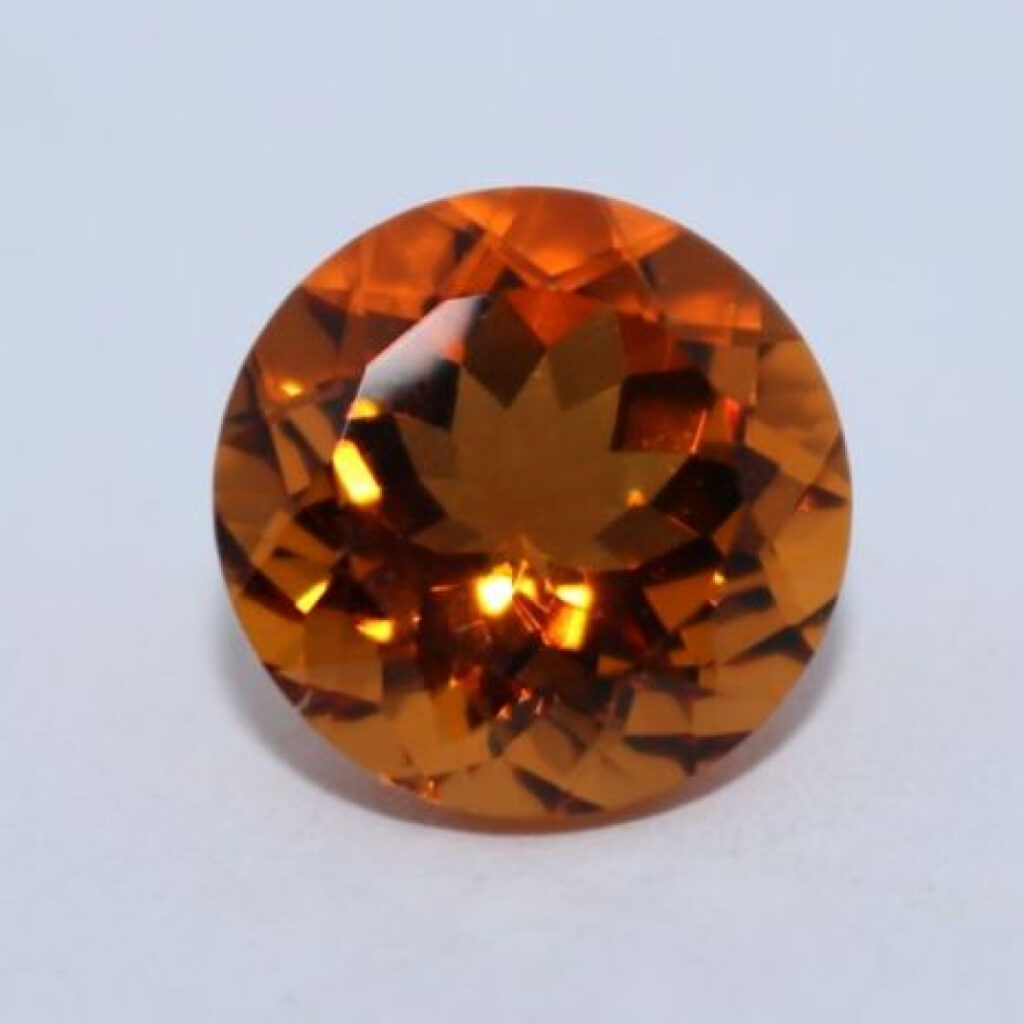
Madeira Citrine
The most desirable citrine, with colors ranging from golden orange to reddish brown.
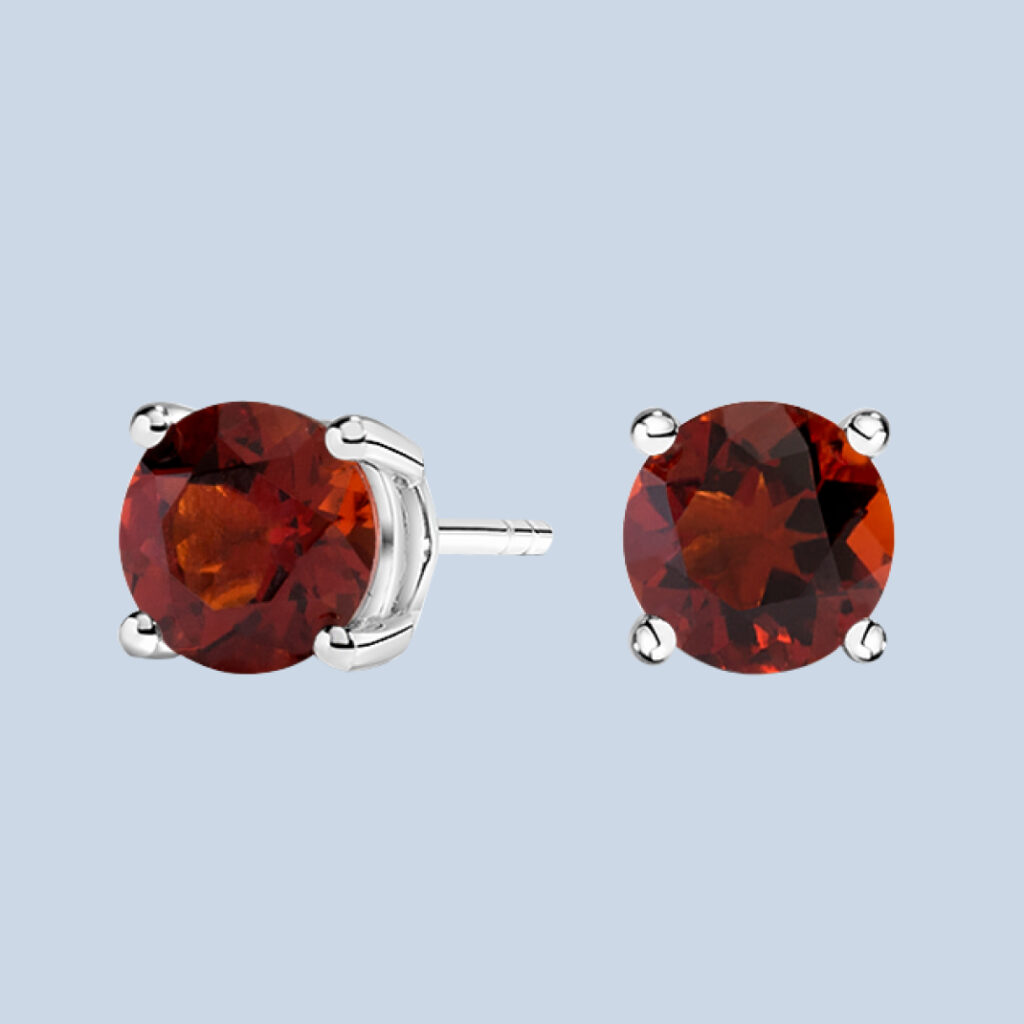
Fire Citrine
A very popular deep red-orange citrine heat-treated quartz from the Limha Estefania mine in Brazil.

Palmeria Citrine
Palmeria Citrine: Bright orange citrine.
Quality
Check color
Like most Citrine Gemstone, tends to be relatively uniform in hue throughout. Therefore, a good way to spot a quality stone is to look closely at the color of the stone. If you notice sudden color changes in different parts of the stone, it may be a fake.
Check transparency
Citrine is known to cleanse the eyes. This usually means that there are no imperfections or imperfections visible to the naked eye. Place the gem under bright white light and examine it from different angles. If the stone has visible spots or inclusions, it may be a fake.
Find bubbles
Not surprisingly, tinted glass is one of the most common materials used to create fake citrine. The surest way to see the difference is to hold the gemstone up to bright light and look at it under a microscope or jeweler’s loupe. If you see tiny air bubbles in the stone, it’s probably fake. It is important to note that in most cases only experienced professionals can tell the difference between real citrine and counterfeit citrine with 100% certainty.
Benefits
- Citrine does not hold negative energy but disperses and transforms it.
- Citrine is called the "merchant's stone" because it brings wealth.
- Great for problem-solving as it energizes and strengthens the solar plexus.
- It is a stone of happiness, openness, light, optimism, and new beginnings.
- It also helps with depression.
FAQs
It symbolizes love, optimism, and pleasure for more than a century.
It improves digestion and strengthens endurance
Citrine is discovered in destinations such as the Ural Mountains of Russia, Kazakhstan, and Madagascar

